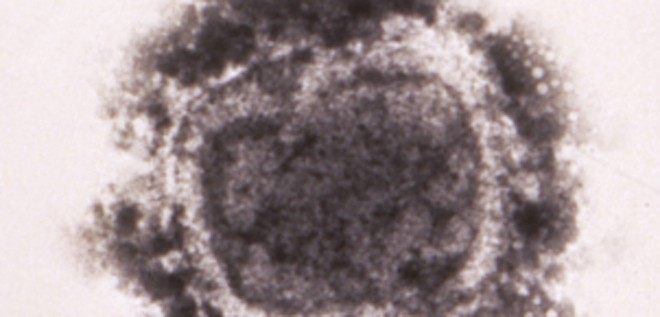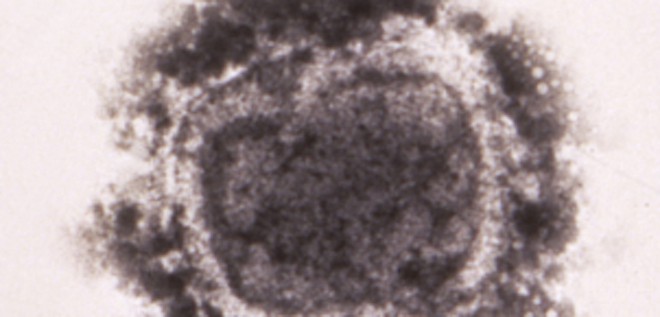
 Variola, CDC
Variola, CDC
I was away reporting most of today, and while I was out, a few federal emails landed in my mail with what probably sounded like a thud. One was an official announcement from the Food and Drug Administration; the others were copies of FDA and NIH emails that people there thought I should see.
They all said the same thing: The six vials of smallpox virus found in an FDA cold-storage room on the National Institutes of Health campus July 1 and announced by the CDC last week had company. A lot of company: 321 other vials. Some of them contained other “select agents,” infectious pathogens considered serious enough — for the illness they create, or the lack of a vaccine to prevent or drugs to treat them — to be considered potential bioterror agents.
(If you’ve missed this story so far, catch up here, here, here and here.)
Here’s the gist of the FDA’s external announcement:








